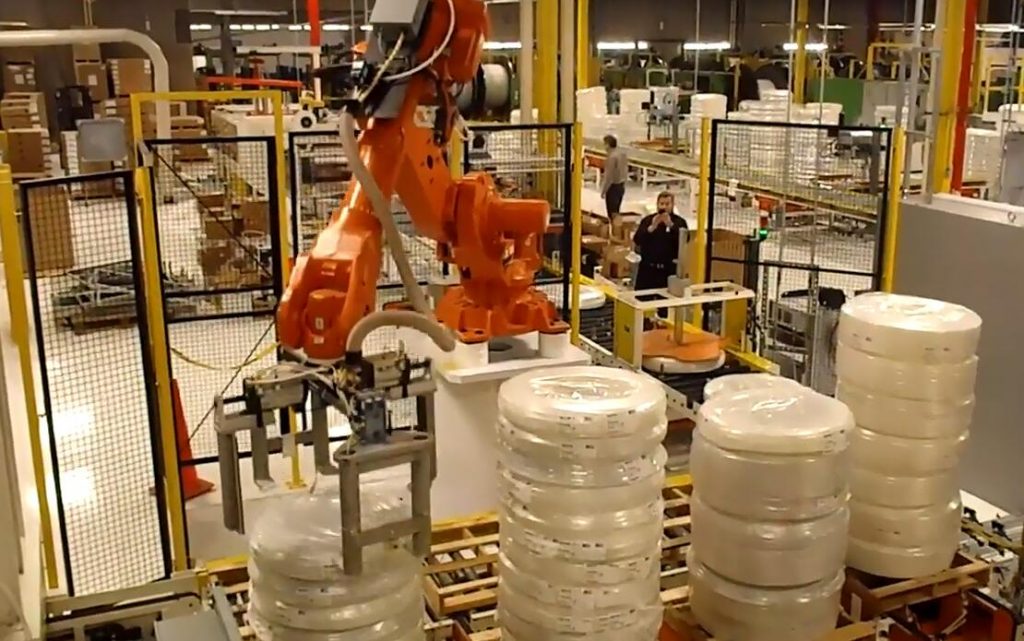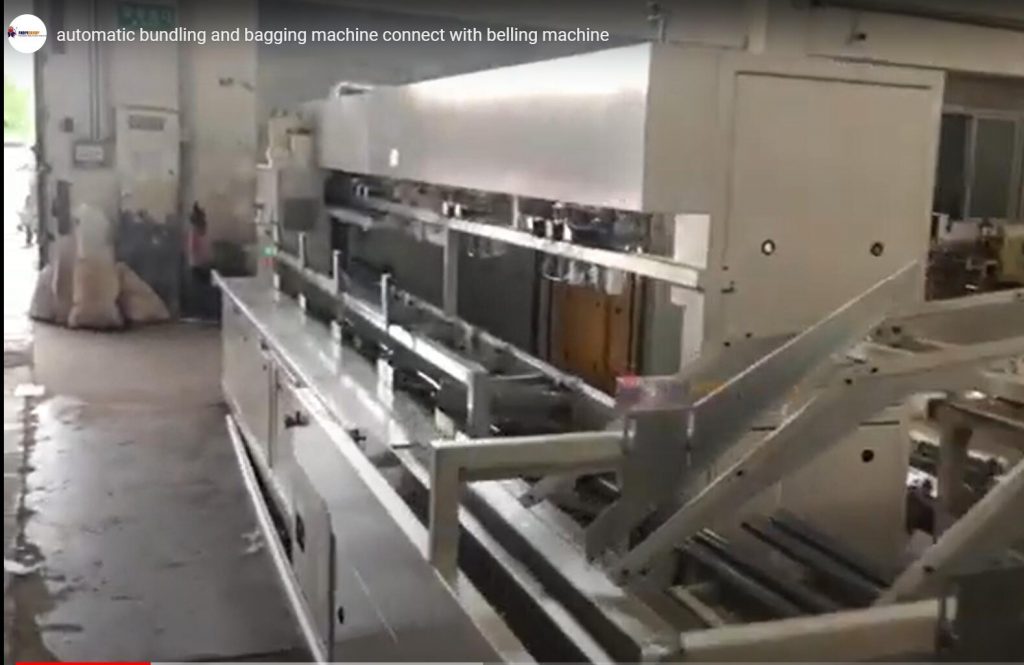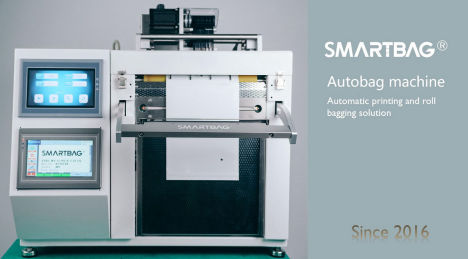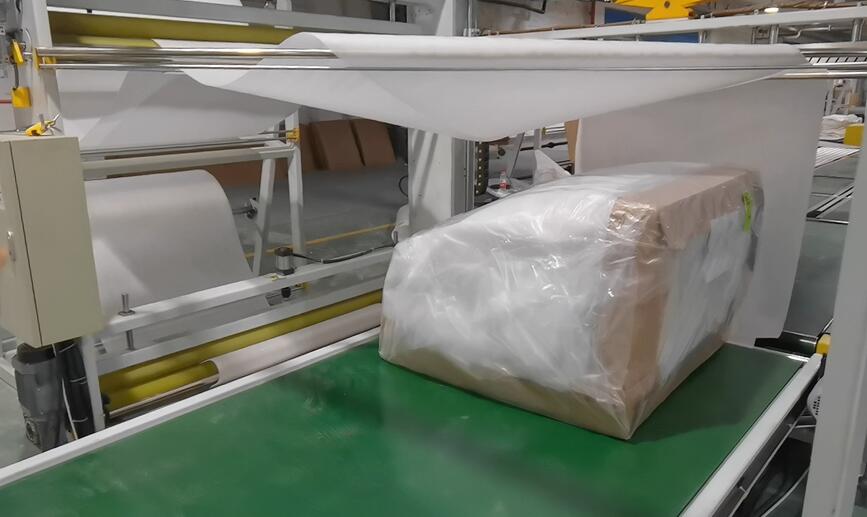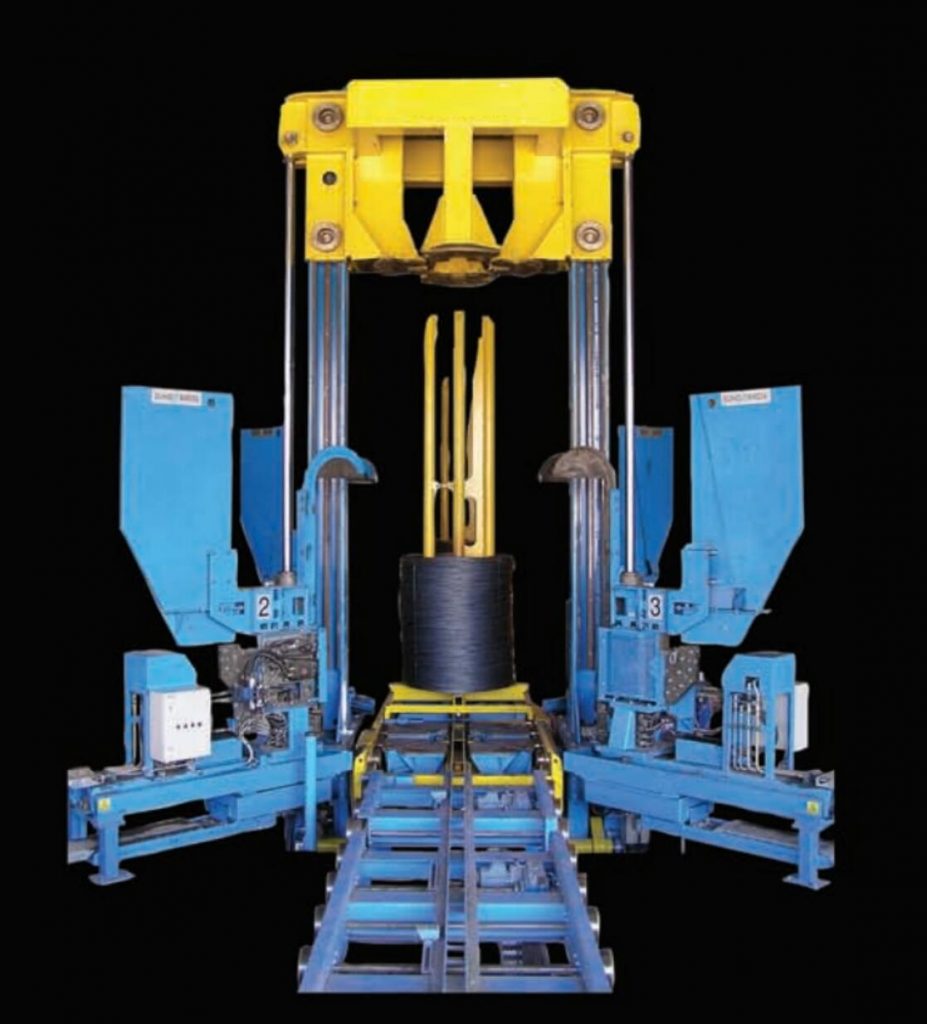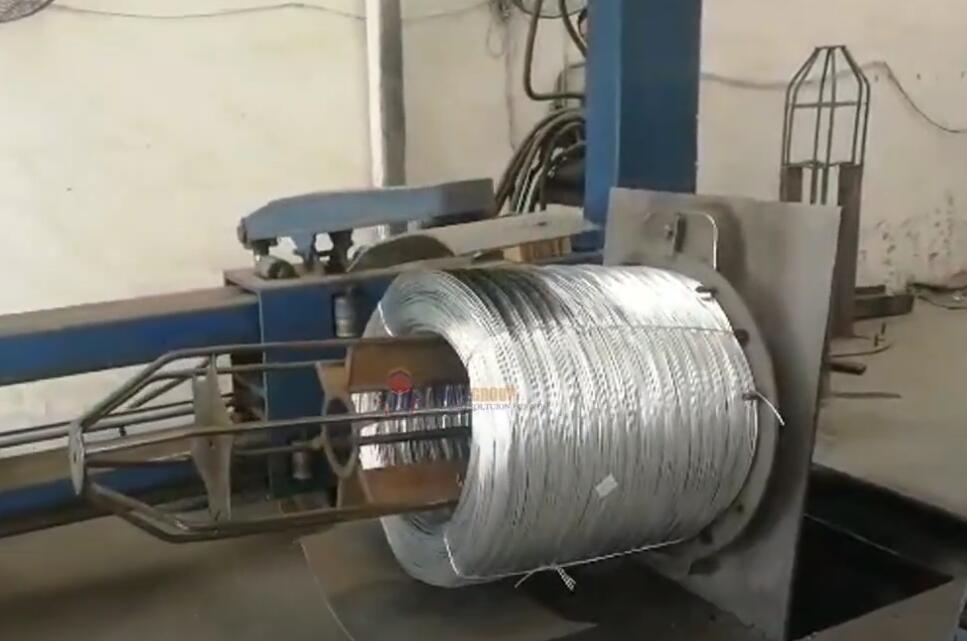1. Optimizing Packaging Operations with the Automatic Tape Binding Machine for Box
In the demanding landscape of industrial distribution and logistics, efficiency within the packaging line is paramount. Manual processes, particularly box taping, often introduce bottlenecks, inconsistencies, and unnecessary labor costs. Addressing these operational inefficiencies is critical for maintaining competitiveness and ensuring timely order fulfillment. Our Automatic Tape Binding Machine for Box (often referred to as an automated carton sealer) is engineered specifically to tackle these challenges, providing a robust, reliable solution for high-volume packaging environments. This article delves into the technical specifications, operational benefits, and real-world impact of implementing this essential piece of packaging automation.
2. The Imperative for Automated Carton Sealing
Manual box taping, while seemingly simple, presents several drawbacks in a production or distribution setting:
- Inconsistent Seal Quality: Variations between operators can lead to weak seals, excessive tape usage, or poorly aligned tape, compromising package integrity and appearance.
- Labor Intensity: Manual taping requires dedicated personnel, consuming valuable time and resources that could be allocated to other tasks. Repetitive motion injuries are also a concern.
- Speed Limitations: Manual processes inherently limit throughput, creating bottlenecks during peak demand periods.
- Material Waste: Inconsistent application often results in unnecessary tape usage, increasing consumable costs.
An automatic tape binding machine directly addresses these points by standardizing the sealing process, significantly increasing speed, and reducing the need for direct manual intervention.
3. Machine Design and Core Components Analysis
Understanding the engineering behind the automatic tape binding machine reveals how it achieves consistent, high-speed performance.
3.1 Robust Frame and Conveyor System
The foundation is typically a heavy-duty steel frame designed for stability and longevity in industrial environments. The integrated belt conveyor system is crucial for seamless operation:
- Dual Belt Drive (Top and Bottom or Side Belts): Ensures positive traction for a wide range of box weights and sizes. Side belt systems are often preferred for lighter or variable-height boxes.
- Variable Speed Control: Allows synchronization with existing conveyor lines and adjustment based on product flow.
- Durable Belt Materials: Typically PVC or high-grip rubber compounds designed for wear resistance.
3.2 Precision Taping Heads
The core of the machine lies in its taping heads, responsible for applying the adhesive tape:
- Consistent Tape Application: Mechanisms ensure uniform pressure and placement of standard packaging tapes (e.g., PVC, BOPP).
- Adjustable Tension Control: Allows optimization for different tape types and box requirements, preventing overly tight seals that could damage boxes or overly loose seals that compromise security.
- Easy Tape Loading: Designed for quick roll changes to minimize downtime.
3.3 Automated Cutting Mechanism
The auto tape cutting system provides clean, precise cuts after each application:
- Reliable Blade System: Hardened steel blades ensure longevity and consistent cutting performance.
- Safety Features: Guarding around the cutting mechanism protects operators.
- Reduced Waste: Eliminates manual cutting errors and long tape tails.
3.4 Box Alignment and Stabilization
Proper alignment is critical for accurate tape placement:
-
Top Pressing Rollers/Mechanism: Gently secures the top flaps of the carton before and during sealing.
-
Side Rollers/Guides: Center the box as it enters and passes through the taping heads, ensuring tape is applied centrally along the seam.
-
- *
4. Technical Specifications Overview
While specific models vary, typical technical parameters for an automatic tape binding machine include:
| Parameter | Typical Specification Range | Benefit |
|---|---|---|
| Sealing Speed | 15 - 40 boxes/minute (model dependent) | High throughput for demanding lines |
| Box Length | Min: 150mm (6") - Max: 600mm+ (24"+) | Accommodates diverse product packaging |
| Box Width | Min: 100mm (4") - Max: 500mm (20") | Versatility for different footprints |
| Box Height | Min: 100mm (4") - Max: 500mm (20") | Handles various carton depths |
| Tape Width | 48mm (2") - 72mm (3") | Compatibility with standard packaging tapes |
| Conveyor Height | Adjustable (e.g., 550mm - 750mm) | Integration with existing line heights |
| Power Supply | 110V/60Hz or 220V/50Hz, Single Phase | Standard industrial power compatibility |
| Machine Dimensions | Varies (e.g., ~1700L x 900W x 1300H mm) | Footprint consideration for facility layout |
| Construction | Painted Steel or Stainless Steel Frame | Durability and suitability for environment |
Note: These are illustrative specifications. Always refer to the manufacturer's data for a specific model.
5. Addressing Key Operational Packaging Challenges
Implementing an automatic tape binding machine yields tangible benefits across the packaging workflow.
5.1 Eliminating Bottlenecks and Increasing Throughput
Manual taping is often the slowest point in an otherwise automated line. By sealing boxes significantly faster (e.g., 30 boxes/minute vs. 5-10 manually), the machine alleviates this bottleneck, allowing the entire line to operate closer to its maximum potential capacity.
5.2 Ensuring Consistent Seal Integrity
Automation removes the human variability factor. Every box receives a consistently applied, securely sealed tape closure according to preset parameters. This drastically reduces instances of:
- Packages opening during transit due to poor seals.
- Product damage resulting from compromised packaging.
- Customer complaints related to insecure or unprofessional packaging.
5.3 Optimizing Labor Resources
Automating the taping process frees up personnel previously dedicated to manual sealing. These employees can be reassigned to more value-added tasks, such as quality control, order picking, or machine supervision, leading to better labor utilization and potential cost savings. The Return on Investment (ROI) often becomes apparent through reduced labor expenditure over time.
5.4 Minimizing Material Waste and Costs
The precision of the automated tape application and cutting system ensures the optimal amount of tape is used for each box. This eliminates the waste associated with operators using excessive tape or making poor cuts, leading to direct savings on consumable costs.
6. Manual vs. Automated Taping: A Direct Comparison
| Feature | Manual Taping | Automatic Tape Binding Machine |
|---|---|---|
| Speed | Slow (e.g., 5-10 boxes/min/person) | Fast (e.g., 15-40+ boxes/min) |
| Consistency | Variable, operator-dependent | Highly Consistent, machine-controlled |
| Labor Req. | High (1+ operator per station) | Low (Supervisory, tape roll changes) |
| Material Use | Potentially High / Inconsistent | Optimized, Minimal Waste |
| Seal Quality | Risk of weak/poor seals | Strong, Reliable, Professional Seals |
| Ergonomics | Risk of Repetitive Strain Injury | Eliminates manual repetitive motion |
| Throughput | Limited | High, Scalable |
| Upfront Cost | Low (Tape Dispenser) | Moderate-High (Machine Investment) |
| Operating Cost | High (Labor, Potential Waste) | Low (Power, Tape, Minimal Labor) |
7. Integration, Usability, and Maintenance
Effective implementation goes beyond raw specifications.
7.1 Versatility and Adjustability
Most machines feature hand-crank or automated adjustments for different box dimensions (width and height). This allows for quick changeovers between production runs with varying box sizes, making the machine adaptable to diverse product lines without requiring specialized equipment for each size.
7.2 Ease of Operation and User Experience
Modern carton sealers are designed for straightforward operation:
- Simple Controls: Basic start/stop buttons, emergency stops, and potentially speed adjustment dials.
- Quick Tape Changes: Taping heads are engineered for easy threading and roll replacement, minimizing downtime.
- Clear Access Points: Designed for accessibility for routine cleaning and basic maintenance.
From a user perspective, the transition from manual labor to supervising an automated process is significant. Operators experience reduced physical strain and can focus on ensuring smooth overall line flow. Initial training is typically minimal, focusing on safe operation, adjustments, and tape roll changes.
7.3 Maintenance Considerations
Routine maintenance usually involves:
-
Regular cleaning to prevent dust and debris buildup.
-
Periodic inspection and potential replacement of wear parts like blades and belts.
-
Lubrication as recommended by the manufacturer.
Adhering to a preventative maintenance schedule ensures long-term reliability and optimal performance. -
- *
8. Enhancing Product Presentation and Security
The final package appearance influences customer perception. Automated taping contributes positively:
-
Professional Finish: Consistently centered, straight tape lines with clean cuts project a higher quality image compared to potentially messy manual applications.
-
Improved Security: Strong, uniform seals deter casual pilferage and ensure the box remains securely closed throughout the distribution chain, protecting contents from loss or damage. Tamper-evident tapes can also be used for enhanced security.
-
- *
9. Sustainability and Operational Efficiency
While primarily focused on productivity, automation also offers environmental benefits:
-
Reduced Material Consumption: Precise tape usage minimizes plastic/adhesive waste compared to inconsistent manual methods.
-
Energy Efficiency: Modern machines are designed for optimized power consumption relative to their throughput.
-
Streamlined Logistics: Faster processing contributes to overall logistical efficiency, potentially reducing the carbon footprint associated with warehousing and transportation delays.
-
- *
10. Conclusion: A Strategic Investment in Packaging Automation
The Automatic Tape Binding Machine for Box is more than just a piece of equipment; it's a strategic investment in operational efficiency, quality control, and cost reduction. By automating a critical, yet often overlooked, part of the packaging process, businesses can:
- Significantly increase packaging throughput.
- Ensure consistent, high-quality seals for enhanced product protection.
- Reduce labor costs and reallocate resources effectively.
- Minimize material waste and associated expenses.
- Improve the overall professionalism of shipped goods.
In competitive markets where speed, reliability, and cost-effectiveness are crucial, embracing proven automation like the automatic carton sealer is essential for streamlining operations and positioning a business for sustained growth and success.

